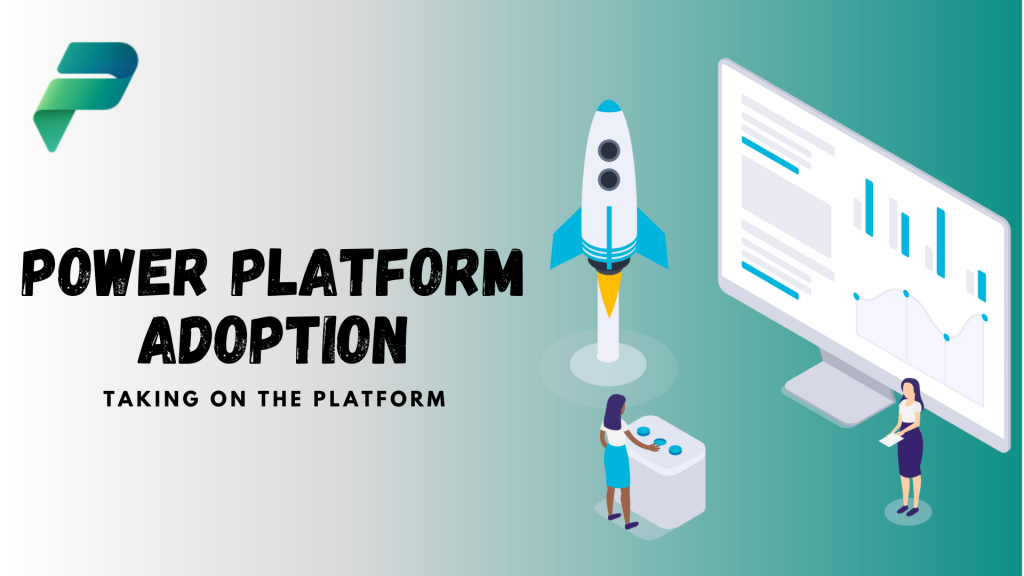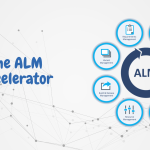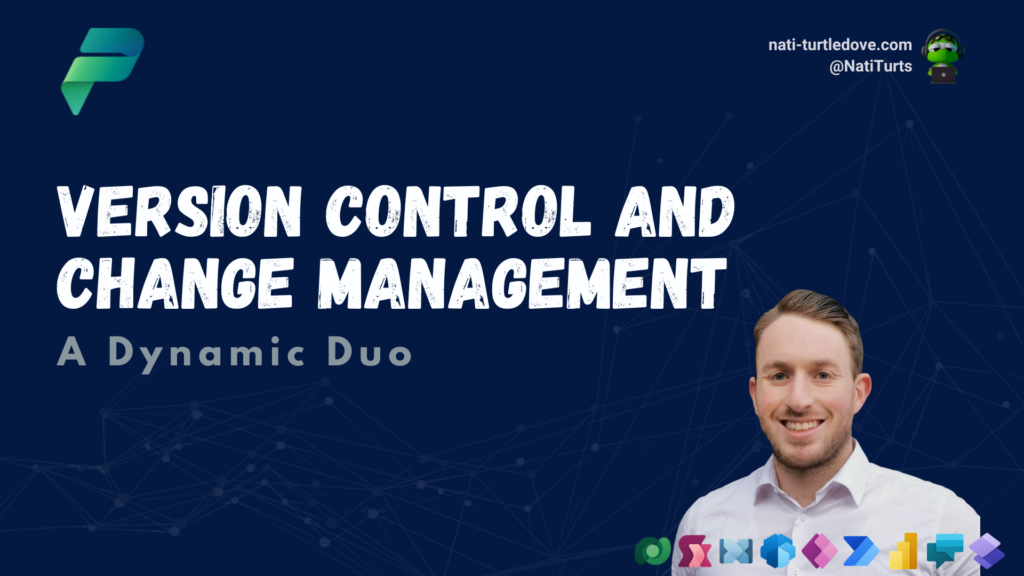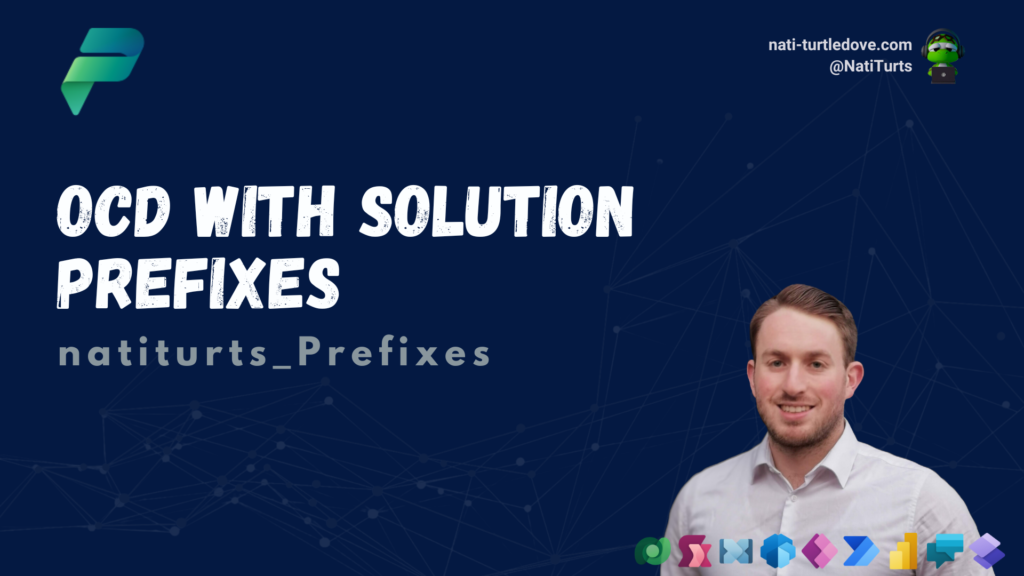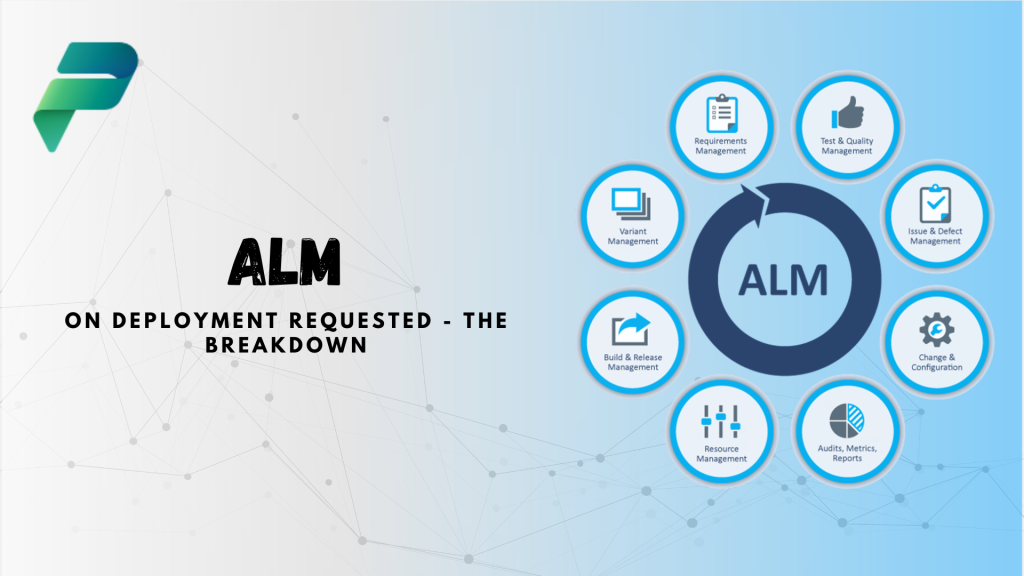Getting Started
Adopting Power Platform into your organization requires a comprehensive plan. It’s not a complex adoption strategy but having a documented guide in place can assist with the adoption and any pushback or issues you may experience.
Microsoft already offer a really comprehensive workbook guiding organizations through their adoption. The workbook consists of a three-step strategy taking stakeholders through a variety of identified processes and plans to make an adoption as seamless as possible. Having this workbook to refer to during your adoption is a great idea. You can download it directly from Microsoft here. Jumping straight into it, let’s chat about the three stages.
Envision
The Envision phase of a Power Platform adoption aims to identify the basics and platform structure you want to implement. During this phase, it’s crucial to structure a team you envision will be required to be involved in the adoption. This team will consist of a variety of user types such as Stakeholders, Leads, Admins and many more. In addition to having an awesome team in place, the biggest challenge will be getting buy in from your users. A topic within the Envision phase will assist the adoption team define what a success criterion looks like for a successful adoption. Based on your success criteria, you can begin building your adoption plan for how you wish to get to that point. This plan and scope will be the “holy grail” during your adoption. When you hit the expected snags and pushbacks, you would have hopefully already identified how to deal with these scenarios and pushback in an appropriate manner, with possible plan Bs and Cs to ensure you reach success.
A planned adoption strategy is one thing, but as mentioned before, pushback is inevitable. Not many people are fans of change. Let’s be honest, change is scary. Having the right tools and methods in place to assist users with embracing this change will help mitigate pushback. Consider group training sessions and career growth opportunities. You can introduce this alongside your adoption through means of career path planning within Power Platform, encouraging users to get certified, and engaging the Power Platform community.
Onboard
So, you’ve brought your adoption vision to life. Now it’s time to apply it to your organization. The onboarding phase primarily focuses on how you plan to show stakeholders and users why Power Platform is the bomb, and the business value of the Power Platform. As identified in the Envision phase, training is crucial. Guide users and Power Platform champions through a certification journey and rewards program by inviting them to training sessions, Microsoft Virtual Training days, and reviews on existing solutions and proposed solutions. It’s important to realize, that not all users are going to become makers in the Power Platform, but still acknowledge their input by means of taking ideas, feedback and reviews. Opening an efficient channel of positive communication and engagement and possibly considering reward programs will help users feel heard, acknowledged and included in this adoption.
Scale
Taking on an entire new platform can take its time, although this strategy aims to implement Power Platform quickly and effectively. But it doesn’t end there. During implementation, you will notice a number of solutions, apps and flows start to accumulate. Whilst adopting the platform, you need to consider how to manage organizational tools, internal development growth, and process ideas. Taking this governance into consideration, keep in mind the adoption plan seeks to be implemented as quickly as possible. The same applies when scaling. Ask yourself, “How can I now scale my platform efficiently.”
The Microsoft Centre of Excellence (CoE) Starter Kit is the best place the begin. It consists of many applications that gives you the basic tools to manage your adoption. This includes apps allowing admins to manage and share apps and solutions, apps to standardize themes and components, and solutions that allow non makers to submit new ideas and vote in other ideas.
A key factor to keep in mind within the Scale phase is for stakeholders to review identified gaps consolidate feedback form both makers and non-makers. This can be achieved through means of surveys, activities, team meetings and other communications. This allows for the adoption team to angle the strategy to scale the plan to accommodate additional processes at an accelerated rate.

